Complications associated with total hip arthroplasty in four large nondomestic felids
Findings underscore the challenges associated with THA in large nondomestic felids.
Case description: A 9-year-old 37-kg sexually intact male snow leopard (Panthera uncia) with no history of lameness but radiographic evidence of right femoral subluxation and flattening of both femoral heads, 2 juvenile (< 1 year old) 25-kg sexually intact male cheetahs (Acinoynx jubatus) with unilateral hind limb lameness resulting from trauma, and an 11-year-old 110-kg sexually intact female Amur tiger (Panthera tigris altaica) with a 2-year history of left hip joint osteoarthritis were examined.
Clinical findings: No clinically relevant clinical findings other than hip joint problems were identified. All 4 felids underwent staged bilateral (snow leopard) or unilateral (cheetahs and tiger [Panthera tigris]) total hip arthroplasty (THA).
Treatment and outcome: In the snow leopard, both femoral THA components were found to be luxated 1 year after surgery. Treatment consisted of autogenous corticocancellous rib graft augmentation of the dorsal acetabular rims and synthetic suture capsulorrhaphies. The snow leopard lived for an additional 4 years with no additional THA-related complications. In the other 3 animals, catastrophic complications (luxation in the cheetahs and femoral fracture in the tiger) occurred shortly after THA. The THA implants were removed, and excision arthroplasty was performed. Long-term outcomes were good in all 3.
Clinical relevance: Findings underscore the challenges associated with THA in large nondomestic felids. Given the high risk for early catastrophic failure because of luxation or fracture, plans must be made, and resources must be available in case revision surgery or implant removal with excision arthroplasty becomes necessary.
Lauren P Kane, James L Cook, Kate E Archibald, W Kirk Suedmeyer, Jennifer N Langan, Michael J Adkesson
https://avmajournals.avma.org/view/journals/ajvr/83/2/ajvr.21.10.0161.xml




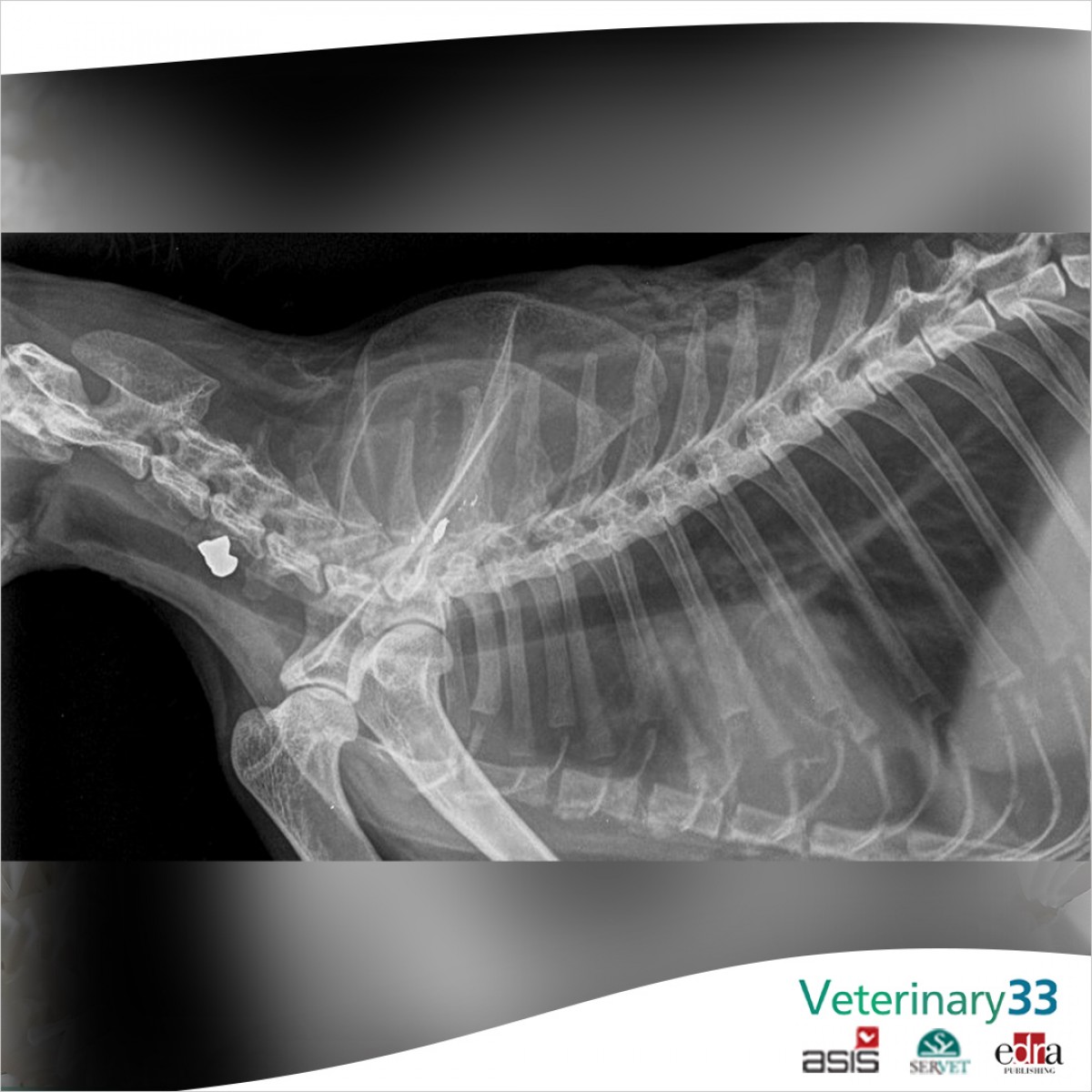



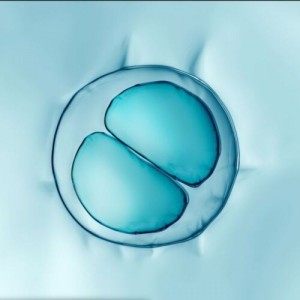
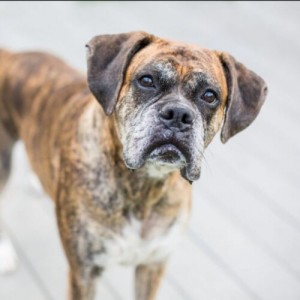
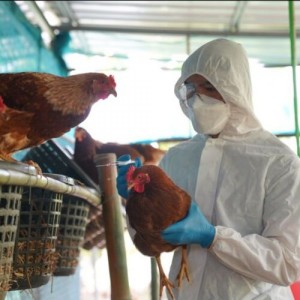
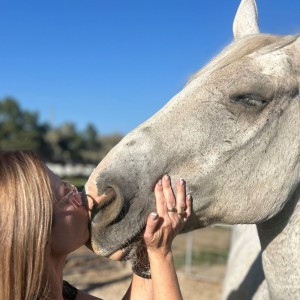
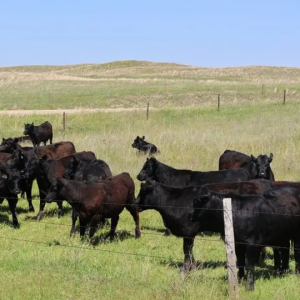

List
Add
Please enter a comment